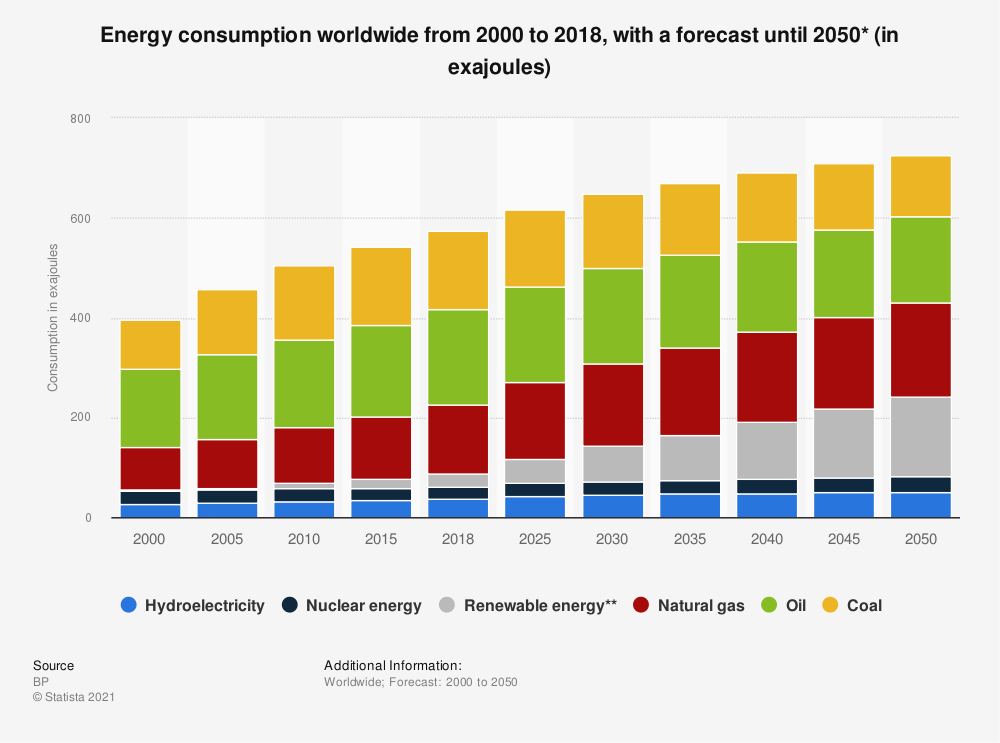Could the crisis in Russia be the catalyst for change?
Sustainability is the hot topic, particularly within the commercial real estate sector. There are increasing pressures for buildings to become smarter, greener, and more efficient. Despite the industry being the leading culprit of global carbon emissions, progression is still painfully slow. What will it take for the message of energy efficiency to get through?
Energy costs are currently eye-wateringly high, and with governments and companies scrambling to fix this, the time is now for renewables and real actions to take place. We must usher in the new age for energy efficiency to cut costs and make long-term sustainable changes. Whilst, historically, a good portion of corporations were hesitant to invest in technologies that cut energy wastage, the return on investment (ROI) of these technologies are now too good to ignore.
In Europe, regulations have been a driving force in making this change. In the U.K, Minimum Energy Efficiency Standards (MEES) are set to become stricter from 2023, with buildings with EPC ratings lower than an E being unable to be leased. Similarly, in 2024 New York buildings over 25,000 square feet will have to report and cap their carbon emissions or risk hefty fines.
Even with these regulations, there still needs to be a major shift in the real estate sector. In shocking data from CRE firm Cushman & Wakefield, currently 96% of London offices won’t meet the required energy efficiency standards being introduced by the U.K. in 2030.
Alongside monetary benefits, there is the morality question. Climate change is happening, and it’s happening rapidly. Alarmingly soon, the Earth could reach a point of no return. This makes energy efficiency just one of the essential steps in lowering carbon emissions to avoid the tipping point. Frustratingly, the response to climate change has been slow. Despite constant news stories of increasingly devastating natural disasters and warnings of the Amazon Rainforest reaching an emergency situation, distress isn’t equaling progress. At least, not close to the rate necessary.
Commercial buildings make up a huge chunk of carbon emissions, 40% in fact, and making buildings smarter and greener is the only answer to this dilemma. There is currently a big push, and a considerable market, for technologies and initiatives that can lessen commercial real estate’s carbon output.
From design, to construction, to daily operations, there are a number of systems and technologies to cut commercial building carbon emissions at all levels. One particular area of concern is the heating and cooling of buildings. In a post-pandemic, hybrid working world, having air conditioners or heaters constantly running needlessly releases huge amounts of carbon into the atmosphere.

Even before working from home became a normality, HVAC systems were running at a capacity far greater than necessary and, despite advancements in technologies to optimise these systems, progress is still slow. Hybrid working has been a real wake up call to the inefficiency of building energy systems.
Stricter regulations are essential to get things moving on the journey to net-zero, but ultimately it’s only one piece of the puzzle. It’s going to take wholesale changes to infrastructure and attitudes to successfully turn the tides on the climate crisis that we’re currently losing.
Energy efficiency is an urgent matter, perhaps more urgent than people like to admit. The benefits of commercial real estate buildings having energy efficiency strategies are clear, from money to morality, so now it’s up to the decision-makers. Do we stay stuck in the past, or move towards a cleaner future?

Share your thoughts
No Comments
Sorry, the comment form is closed at this time.